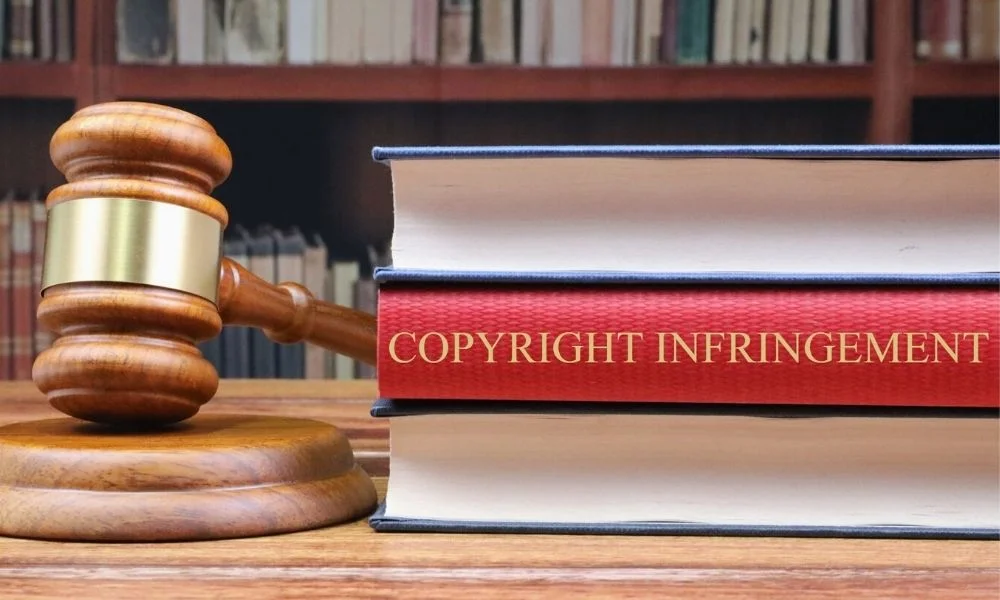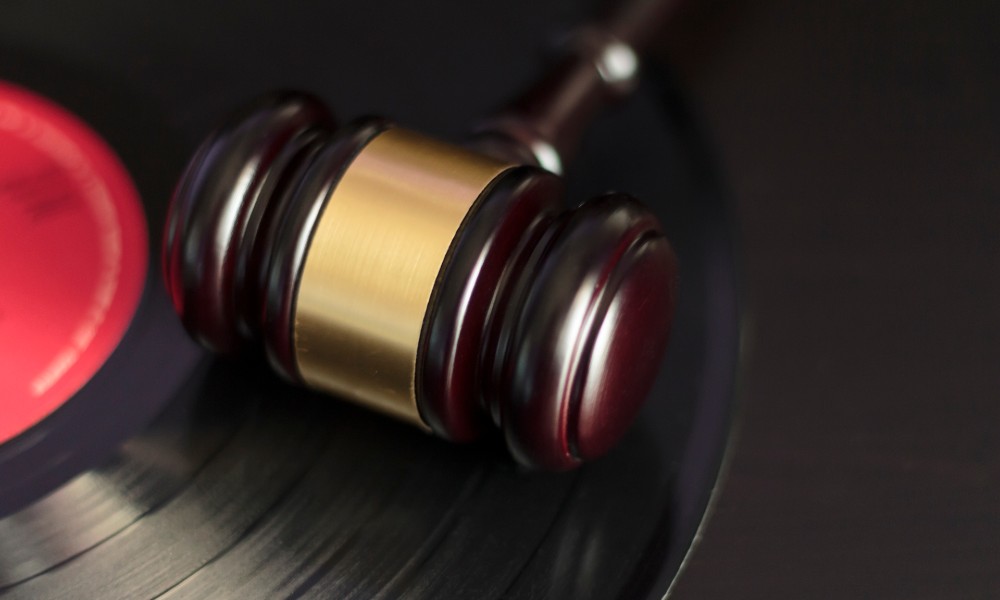
Dance is an art form built on rhythm, creativity, and expression. However, when a choreographer spends countless hours crafting a sequence of moves, the question arises: can they claim legal ownership of their work? For choreographers in Calgary, this question is more relevant than ever as the dance scene grows and innovators seek to protect their signature moves.
While the law around protecting choreography is complex, understanding copyright limitations, originality requirements, and practical protective steps can help Calgary choreographers safeguard their creations.
Copyright and Dance Moves
Under Canada’s Copyright Act, choreography is eligible for copyright protection as “dramatic work.” However, not all dance moves or routines automatically qualify. For choreography to be copyrighted, it must meet specific criteria. The work must be original, meaning it originates from the choreographer and isn’t copied from another source. Additionally, the choreography should display some creativity, requiring more than simple sequences of repetitive or common moves.
For example, a basic two-step or widely recognized gesture like the “dab” would not qualify for copyright protection because it’s too generic. On the other hand, a fully developed dance routine performed during a theatrical performance or music video may meet the requirements for copyright. Choreographers in Calgary must ensure their routines go beyond commonplace movements and demonstrate a unique combination of creativity and originality.
So, it is important to ensure your dance routine is well-documented, integrating unique sequences rather than simple, generic steps to strengthen its originality. Video recording your pieces is a great way to have a clear record of your work.

Challenges in Protecting Choreography
Even if your choreography qualifies for protection, enforcement can be challenging. Copyright law ensures you can control how your routines are performed, adapted, or reproduced. However, identifying and proving infringement isn’t straightforward. Performance-based art is inherently public, meaning once your work is shared on a stage or online, others can imitate it.
For example, imagine a Calgary-based choreographer creates a unique routine for a competitive showcase. If portions of this routine appear in another dancer’s performance without permission, the choreographer will need to prove both the copying and their ownership of the work. Without solid documentation or evidence, this can become a lengthy legal battle.
Contracts and Licensing Agreements
One effective legal tool that choreographers in Calgary can use is contracts. If you’re creating a routine for a client, such as a dance team, production, or artist, ensure there is a clear agreement specifying the ownership of your work. Clarifying terms upfront prevents misunderstandings about whether the client can use, reproduce, or modify the choreography after the initial project.
For choreographers working with dancers, licensing agreements are another layer of protection. By licensing your choreography for a fixed purpose, such as a competition or video, you retain long-term control over the work.
Practical Steps for Calgary Choreographers
Beyond contracts and copyright registration, choreographers can take other steps to protect their signature moves:
Document Everything
Film performances, rehearsals, or even brainstorming sessions to prove the originality and development timeline of your work.
Watermark Videos
If sharing routines online, use watermarks to deter unauthorized use and clearly identify ownership.
Educate Clients and Dancers
Set clear expectations about ownership and permissible use when working with collaborators.
Stay Aware of Copyright Changes
Keep up with developments in Canadian copyright law, which may evolve to address the specific needs of choreographers.
Conclusion
Choreographers in Calgary face unique legal challenges in protecting their art. While copyright can offer some level of security, practical tools like contracts, licensing, and careful documentation often play an equally important role. By combining legal knowledge with proactive steps, Calgary’s creative minds can focus on innovation while ensuring their signature moves remain uniquely theirs.



